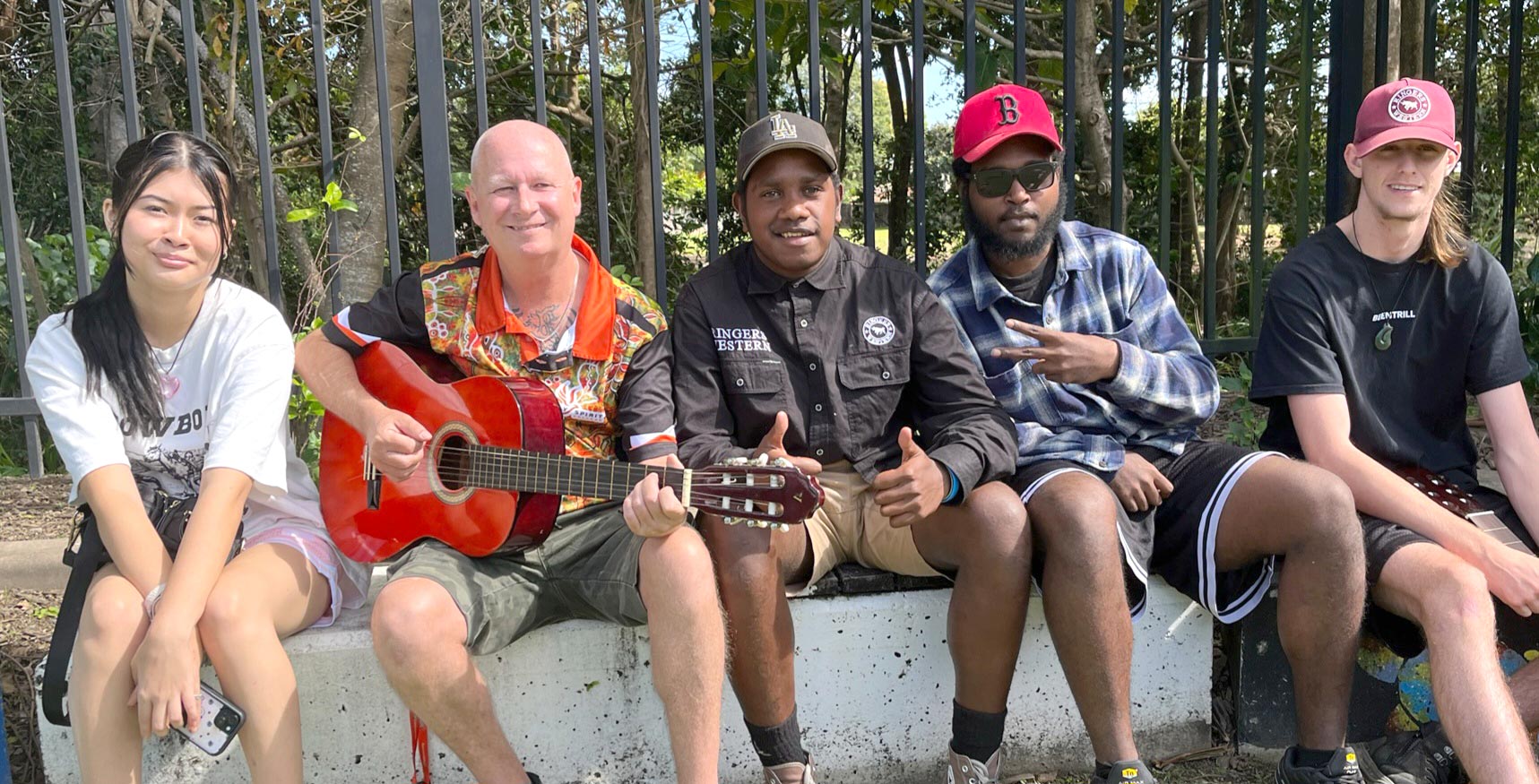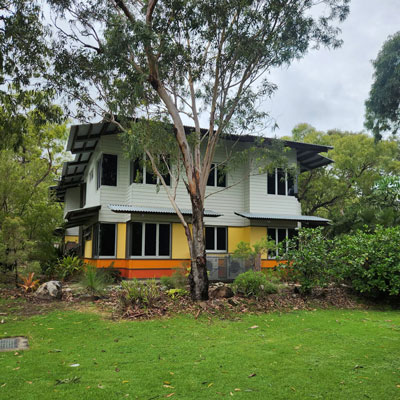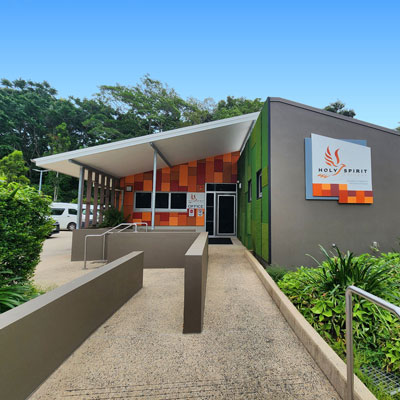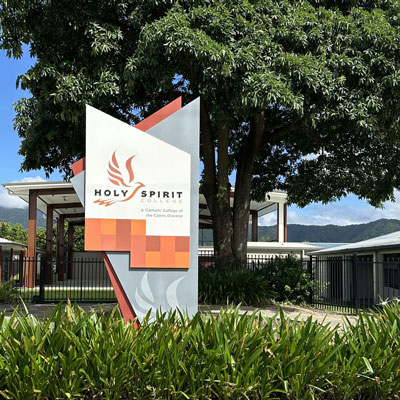
Holy Spirit College is a Special Assistance School that operates within the broader Catholic Education Diocese of Cairns education system. As a Special Assistance School, Holy Spirit College is designed to reengage secondary aged young people who have become disengaged or are at risk of disengagement from mainstream schooling. To achieve this, Holy Spirit College provides a flexible learning environment that caters for the individual learning needs of each young person within our care. With Individualised Learning Plans central to our work, Holy Spirit College delivers learning opportunities that are designed to help our learners improve their personal and social health and wellbeing, supporting them to access the Literacy and Numeracy skills required to pursue their goals beyond the college.
Holy Spirit College is co-educational and currently has an enrolment capacity of 40 young people in Cooktown, 60 in Manoora and 90 in Edmonton. The Cooktown campus includes 2 sixteen bed residential units, catering for weekly boarders from the local Cooktown, Wujal Wujal and Hopevale areas, while the Cairns campuses are both day-only facilities.
Holy Spirit College prides itself in having highly skilled staff that deliver the very best trauma informed educational practices, catering for a wide variety of complex education and social needs. With a teaching style that is highly individualised and relational, our staff walk with the young people, empowering them to identify and build upon their strengths and aspirations as they transition to adulthood. This includes pathways towards further education, employment and importantly a stronger connection to their community.
The amazing young people who attend Holy Spirit College are Indigenous and non-indigenous youth who find themselves disengaged from mainstream education due to:
- a history of complex trauma;
- being highly transient;
- having a history of extended periods of unexplained absences;
- are in the care of the office of Children and Families;
Underpinning all the work of the College are the four key operating principles of right Relationships, Respect Responsibility and Participation. As communal values, these principles replace the need for ‘School rules’ instead, providing our staff with a strong framework upon which to teach good decision making practices to our young people in all areas of their life.


